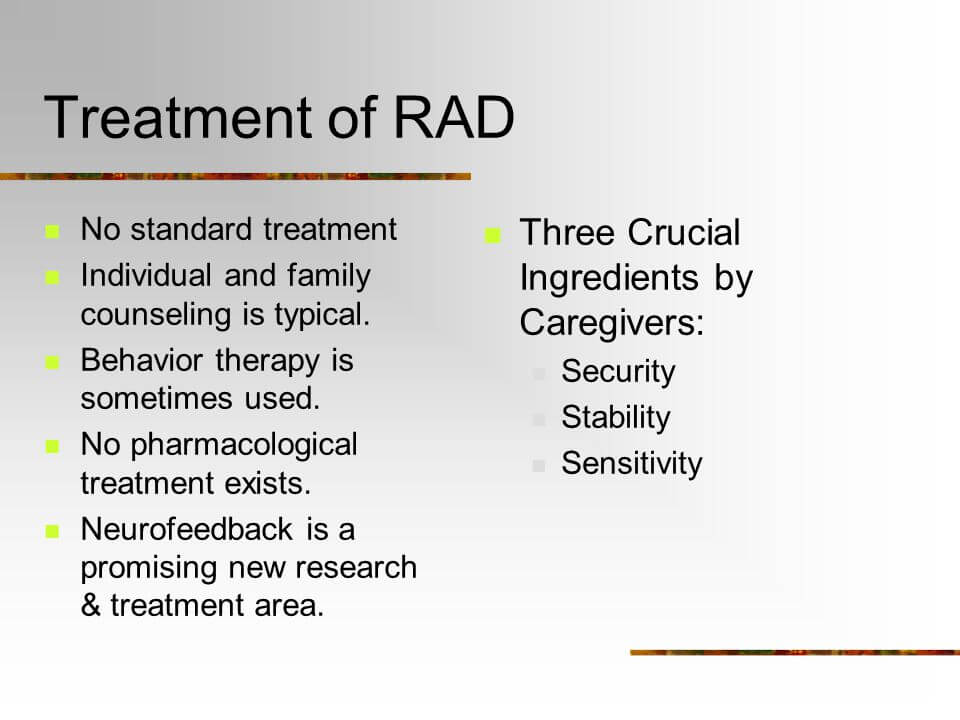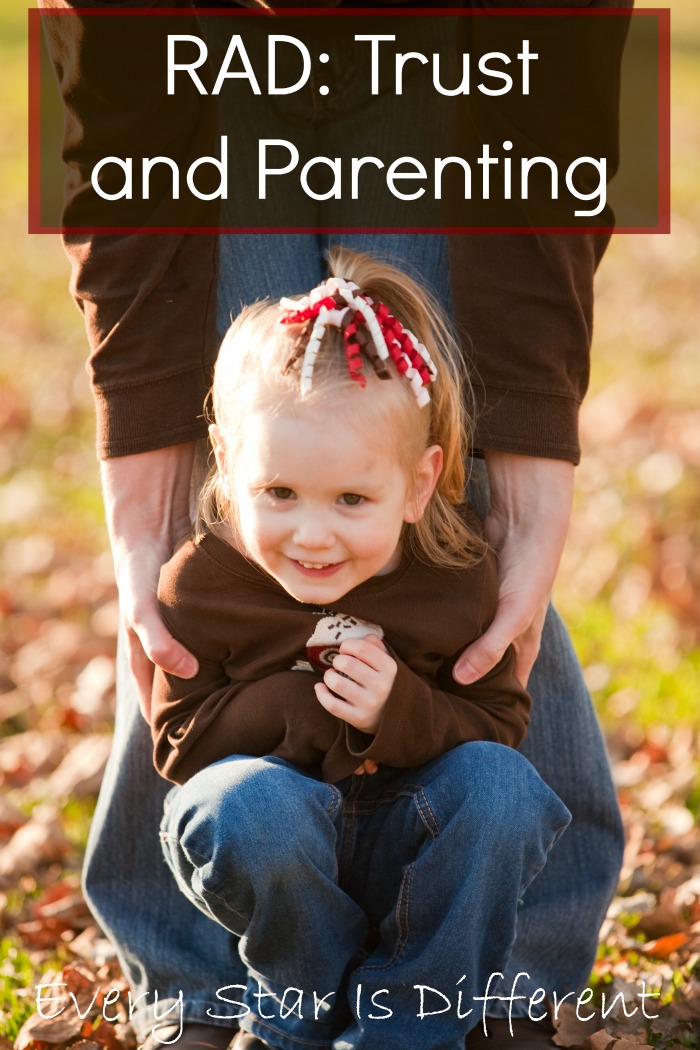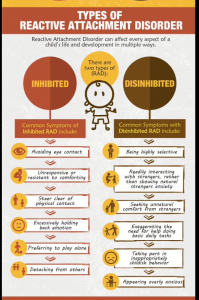

#RAD DISORDER BLOG MANUAL#
The ways in which a 16-year-old brain can articulate and process trauma, for example, is far different from that of a 5-year-old brain in a 16-year-old body.The Diagnostic and Statistical Manual 5th Edition (DSM-5) classifies reactive attachment disorder as a trauma- and stressor-related condition of early childhood caused by social neglect and maltreatment. Your therapist should understand that trauma impacts the brain and tailor therapy accordingly. The therapist meets where your child is developmentally, not chronologically. Their memories may include inaccuracies and distract from the true work of healing. The therapist should lead your child through how they experienced and felt during past events, not the specifics of what occurred.

Your child needs to process, not recount, their trauma history. The clinician focuses on your child’s traumatic experiences rather than the fine details of past events. However, the clinician should have a plan for and direct every session with your child. It is fine for the clinician to ask your child to check-in about how they are doing, etc. For children with reactive attachment disorder, however, this approach can make matters worse given the controlling and manipulative nature of the disorder. Some traditional therapists allow children to guide therapy. The therapist (not the child) leads the therapy sessions. This prevents parent-child-therapist triangulation (which is common with reactive attachment disorder and inhibits the relationship a parent tries to establish with the child). Your child’s therapist should consider you a part of the “therapy team” (rather than leaving you to sit in the lobby). While traditional therapists often establish and build trust individually with clients, such an approach isn’t effective for reactive attachment disorder. You play an active part in your child’s healing process. Your child should understand that you are in charge, not the therapist.
#RAD DISORDER BLOG HOW TO#
They should not advise you on how to parent in front of you child. A good therapist supports you as a parent. You’re never blamed for your child’s behaviors. University education typically includes minimal information about reactive attachment disorder, so a degree isn’t enough. Seek those who have had a RAD-specific training or first-hand experience with the disorder. It’s a red flag when clinicians say they do. While a variety of therapeutic techniques exist, no one person can master them all. The clinician specializes in reactive attachment disorder.

An affective clinician, however, has the necessary credentials.
#RAD DISORDER BLOG PROFESSIONAL#
Some states allow people to practice without professional training. You shouldn’t need to explain reactive attachment disorder and how it plays out in a family to a qualified clinician.

You’re comfortable that the clinician grasps your family situation and the disorder.


 0 kommentar(er)
0 kommentar(er)
